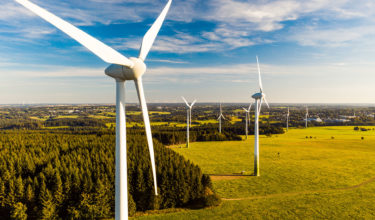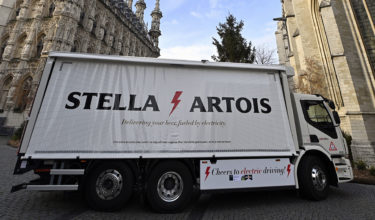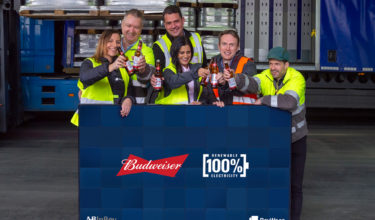Until recently, AB InBev only sold the main by-product resulting from brewing operation, the so-called spent grains, to be used for animal feed. A sin, according to Dr. Jorge Gil-Martinez, because the fibres and proteins from these grains are particularly nutritious and therefore suitable for human consumption. He came to startling new discoveries.
E ach year, AB InBev’s breweries process enormous quantities of cereals. “The potential of our innovation is enormous,” says Jorge Gil-Martinez, Biochemical PhD and Manager at AB InBev’s Global Innovation & Technology Center. “Traditionally, the spent grains from the brewing process go to cattle farmers to feed the animals. To local farmers, that is, because spent grains cannot be stored for a long time. But if there are no cattle farmers active near our breweries, as for example in Africa, that rest grain is dumped. On a global scale this amounts to a huge waste. We now try to avoid that by using our saved grains as a food ingredient for human consumption.”
A NUTRITIOUS DRINK FROM SAVED GRAINS
That happens primarily in the form of Canvas, a nutritious, alcohol-free drink. Today a limited amount of this drink is already for sale in the United States as a pilot project. It is a kind of protein shake or smoothie, in which cereals are fermented in a very similar way milk is fermented to produce a yogurt, and then supplemented with other vegetable products such as fruits, nuts and spices.
“With this drink we do not only aim for sustainability, but also for innovation. Making beer by-products suitable for human consumption is a quite complex process and also, no less important, the drink has to be tasty. The team made huge efforts to combine the saved grains with the right natural ingredients to create a variety of Canvas beverages, like Cocoa, Matcha or Cold Brew Coffee, my personal favourite. As result, Canvas is a sustainable, plantbased barley beverage designed to support a health-conscious lifestyle. Each bottle provides a rich and convenient source of dietary fibre, complete plant protein, essential fats, and a blend of delicious ingredients”.
CIRCULAR ECONOMY
The sustainability of this project and its contribution to a circular economy were the initial reasons to invest in it. “As the world population grows, meat is becoming ever less justifiable as a source of protein. The quantities of water needed to produce one kilogram of meat alone are insanely high. Therefore, we must look for more sustainable alternatives. With our saved grains we can make the difference” says Jorge Gil-Martinez.







